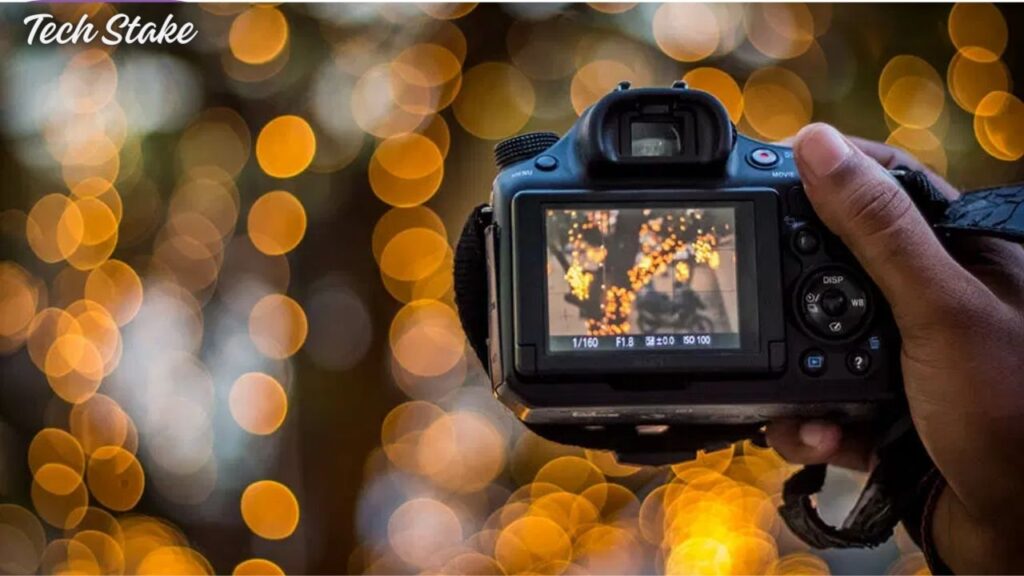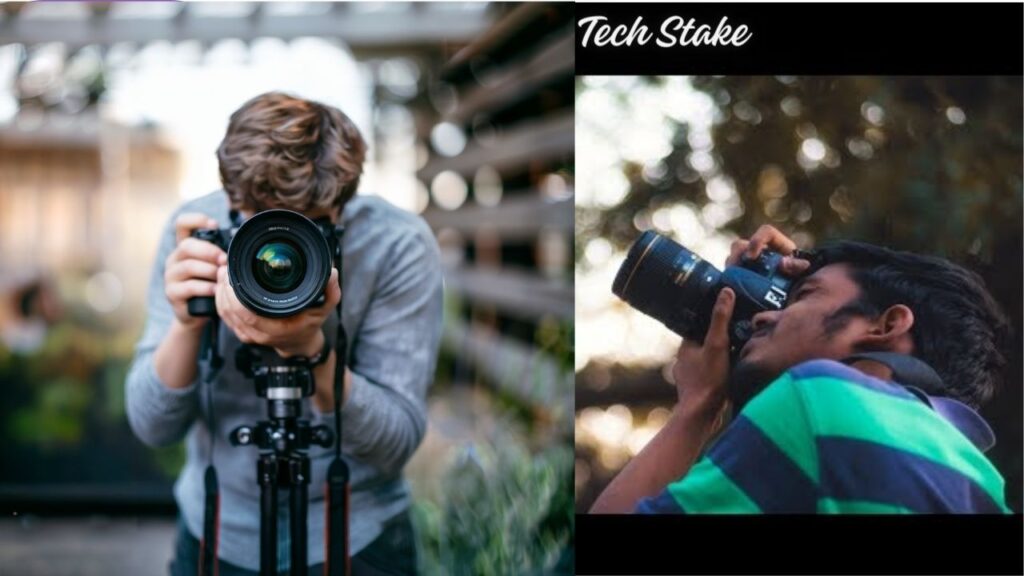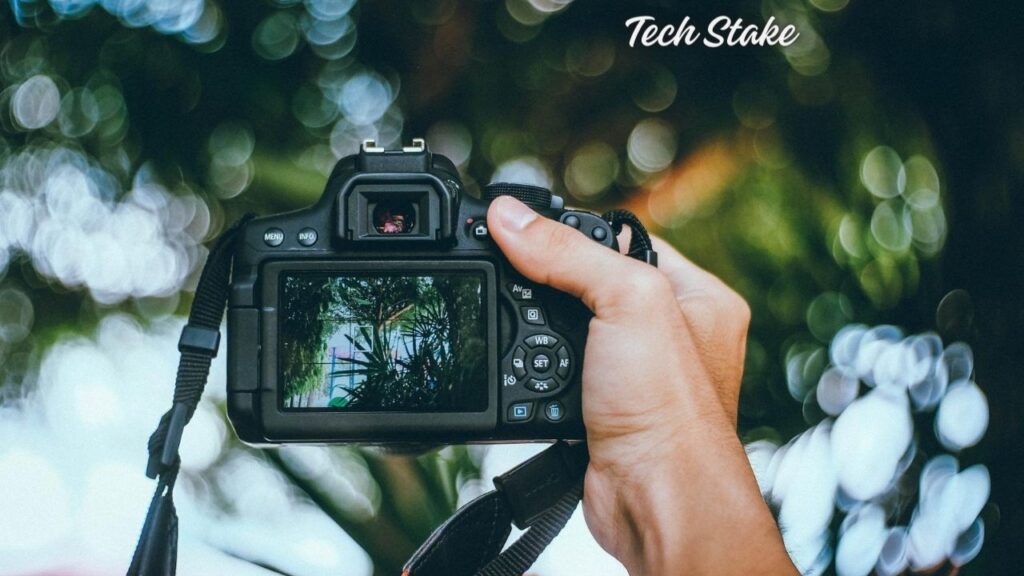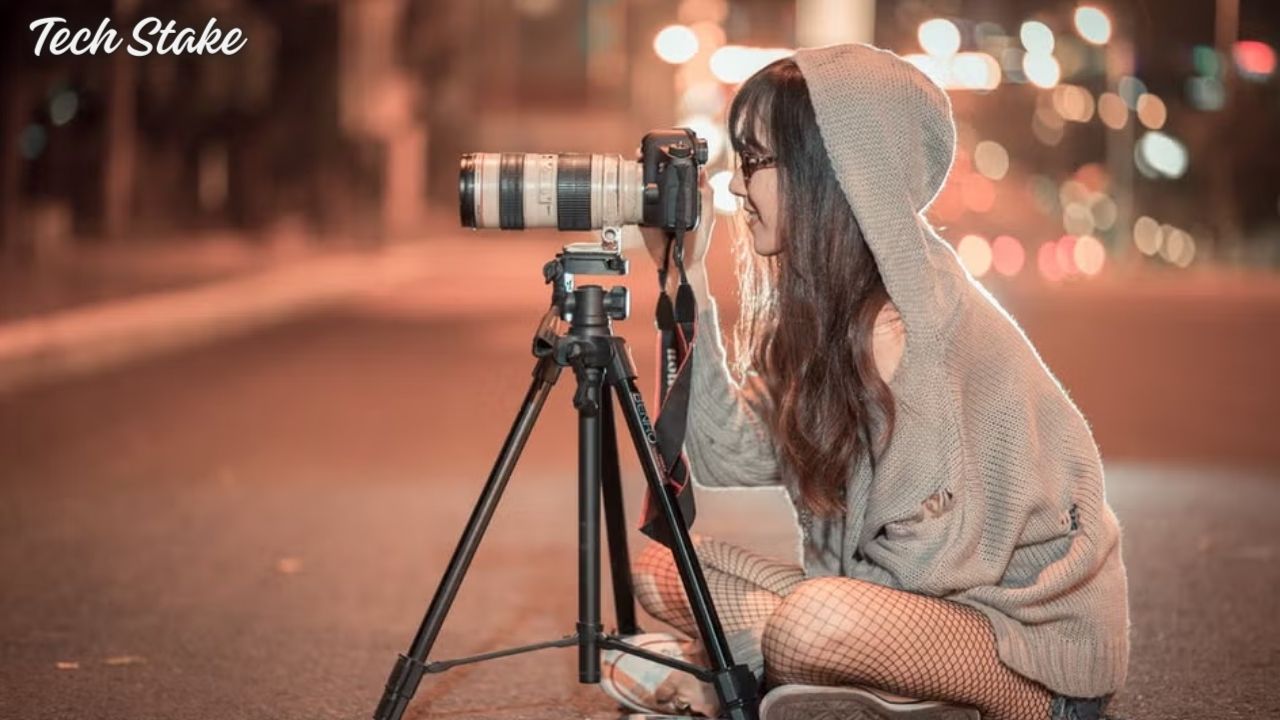Photeeq Bokeh refers to the aesthetic quality of the out-of-focus areas in a photograph. The term “bokeh” is derived from a Japanese word meaning “blur.” This effect is crucial in photography because it enhances the visual appeal of an image, drawing attention to the subject while softening distracting elements in the background.
Definition of Bokeh
Bokeh is not merely about blur; it encompasses how the lens renders these out-of-focus areas. A well-executed bokeh effect can transform an ordinary photo into an extraordinary piece of art.
The Aesthetic Appeal of Background Blur
Imagine a photograph where the subject shines while the background morphs into a soft, dreamy haze. This effect not only isolates the subject but also adds depth and emotion, guiding the viewer’s focus. The aesthetic quality of background blur is a powerful tool for photographers seeking to evoke feelings and enhance storytelling.
Technical Explanation of Bokeh in Photography
| Factor | Description |
|---|---|
| Lens Design | The construction of the lens, including elements and coatings, affects how out-of-focus points appear. |
| Aperture Blades | The shape and number of blades in the aperture influence the shape of the bokeh, resulting in circular or polygonal effects. |
| Distance Between Subject and Background | Greater distance enhances the blur effect, creating a smoother and more pronounced bokeh. |
| Focal Length | Longer focal lengths compress the background, enhancing the bokeh effect in the image. |
| Light Quality | The quality of light affects how light points are rendered in the blur, impacting overall aesthetics. |
The Unique Features of Photeeq Bokeh

Photeeq Bokeh is celebrated for its creamy smoothness and even light distribution. Unlike harsh bokeh, it avoids sharp edges, resulting in a harmonious and professional-quality blur that photographers desire.
How Photeeq Bokeh Enhances Photography?
Creating Depth and Focus
Photeeq Bokeh ensures that the primary subject stands out dramatically against a blurred background. This technique is vital for portrait photography, product shots, and nature images.
Adding a Professional Look
The smoothness of Photeeq Bokeh lends images a polished finish, making even amateur shots appear professional. This effect is essential for anyone looking to elevate their photography game.
Different Types of Bokeh
Circular Bokeh
Circular bokeh is produced by lenses with rounded aperture blades. This results in a pleasing, natural blur that enhances the overall composition.
Swirly Bokeh
Swirly bokeh is often associated with vintage lenses, creating a spiral effect around the subject. This unique style adds a dynamic touch to your images.
Hexagonal and Custom Shaped Bokeh
Modern techniques allow photographers to explore hexagonal bokeh or custom-shaped bokeh. Filters and specialized lenses can create unique shapes, offering creative avenues for artistic expression.
Tools and Techniques to Achieve Photeeq Bokeh

Prime vs. Zoom Lenses for Bokeh
Prime lenses often outperform zoom lenses in creating stunning Photeeq Bokeh. With fixed focal lengths and wider apertures, prime lenses like the 50mm or 85mm are ideal for achieving a shallow depth of field.
Aperture Size and its Role in Bokeh
The aperture size is crucial for producing bokeh. Wider apertures (smaller f-stop numbers) allow more light, creating a shallower depth of field for a stronger bokeh effect.
Camera Settings for Bokeh Effect
Adjusting the Aperture
To achieve the best Photeeq Bokeh, set your camera to aperture priority mode (A or Av) and select the widest aperture available. This setting maximizes background blur while keeping the subject sharp.
Controlling the Focal Length
Longer focal lengths naturally compress the background, making the bokeh more pronounced. For example, a 200mm lens can create a beautifully blurred backdrop even at moderate apertures.
Post-Processing to Enhance Bokeh
Software Options like Photoshop and Lightroom
Post-processing tools like Adobe Photoshop and Lightroom allow you to fine-tune bokeh effects. You can enhance the blur, adjust brightness, or mimic bokeh if it wasn’t achieved during the shoot.
Adding Artificial Bokeh
When natural bokeh isn’t possible, software can help. Plugins and filters in Photoshop can add realistic Photeeq Bokeh effects, especially useful for smartphone photographers looking for creative flair.
Practical Tips for Achieving Photeeq Bokeh
Creating Distance Between Subject and Background
To achieve a stronger bokeh effect, position your subject far from the background. The greater the distance, the more pronounced and smooth the blur becomes.
Using Light and Shadows Creatively
Light and shadow techniques can create stunning bokeh effects. Background lights, such as streetlights or fairy lights, can turn into beautiful Photeeq Bokeh when out of focus. Experimenting with different lighting conditions adds a unique charm to your photos.
Best Practices for Shooting Bokeh in Different Scenarios

Portrait Photography
In portrait photography, focus on the subject’s eyes while using a wide aperture to blur the background. This technique isolates the subject, giving the photo a professional touch.
Night Photography and Light Bokeh
At night, cityscapes and string lights can create magical Photeeq Bokeh effects. Use a tripod for stability and experiment with exposure settings to capture vivid light trails and blurred orbs.
READ THIS BLOH ALSO : Ultimate Guide to iCryptox.com Security: Ensuring Your Crypto is Safe
Why Photographers Love Photeeq Bokeh?
Artistic Expression and Storytelling
Photeeq Bokeh is more than a technical achievement; it’s a storytelling tool. The soft blur evokes emotions and adds depth, drawing the viewer into the narrative of the image.
Making Ordinary Scenes Extraordinary
With the right bokeh effect, even mundane backgrounds can transform into captivating mosaics of colors and shapes. Whether it’s a bustling city or a simple garden, the blur adds intrigue and sophistication.
Common Questions and Solutions
What is Bokeh?
Bokeh refers to the quality of the blur in out-of-focus areas of a photograph, enhancing the overall aesthetic.
How is Bokeh Achieved?
Bokeh is achieved through specific camera settings, lens choices, and distance between subject and background.
Why is Bokeh Important in Photography?
Bokeh helps isolate the subject, adding depth and emotional appeal to images.
Can Bokeh be Created in Post-Processing?
Yes, software like Photoshop can simulate realistic Photeeq Bokeh effects if not achieved during shooting.
Final Words
The timeless appeal of bokeh makes it one of the most beloved effects in photography. Photeeq Bokeh, with its refined and professional blur, sets a new standard for excellence. Experimentation is key.
Embrace different lenses, lighting setups, and editing techniques to discover your unique style. Whether you are a beginner or a seasoned pro, the art of bokeh photography offers endless opportunities for creativity and expression.

SEO expert focused on boosting online visibility and driving organic traffic. Passionate about data analysis, strategy, and the latest digital marketing trends.













